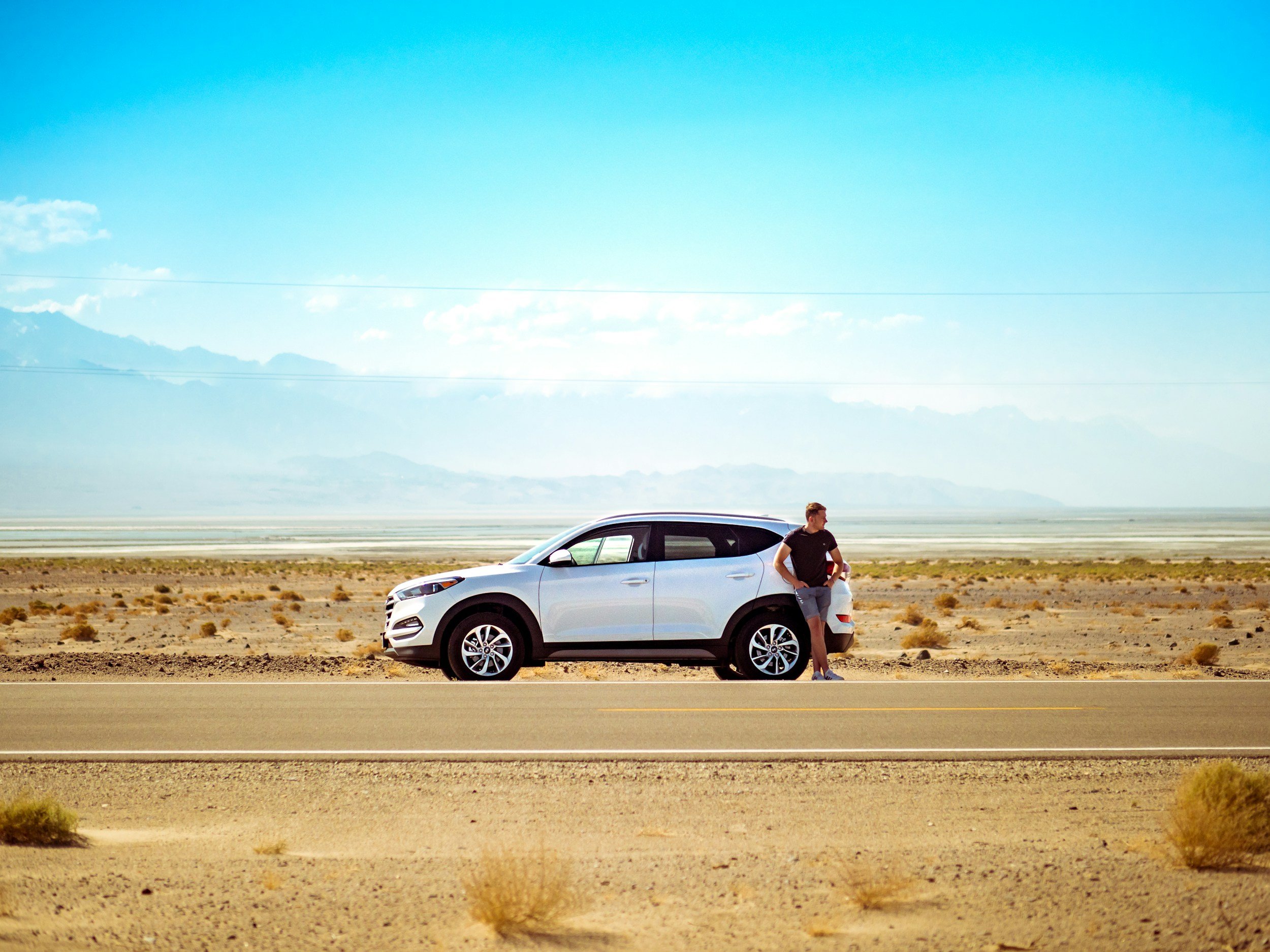
Driving Innovation, Crafting a Seamless Journey: Amazing Car Rentals
2024
Assessing the Navigation, users expressed anxiety about losing their information if they left a page. To address this concern, I prioritised improving navigation by introducing breadcrumbs. This feature allowed users to easily trace their steps, view a summary of their selected data, and confidently navigate without fear of losing information. Throughout the process, I meticulously documented every user interaction, feedback point, and overall experience. These insights were carefully integrated into the final design, ensuring an intuitive user experience.
My journey began with a start-up car rental service seeking to revolutionise their online booking experience. They envisioned a platform that was not only easy to use but also deeply attuned to their target users' needs. Tasked with bringing this vision to life, I embarked on a mission to create a website that would simplify and enhance the way users search for and rent cars online.
The project began with a critical phase of research. I conducted usability testing on four existing car rental websites to uncover common pain points and effective design strategies. Listening closely to user feedback, I sought to understand their frustrations and preferences, which were instrumental in shaping a user-friendly, seamless website experience.
I organised the gathered data into an affinity diagram, which revealed key patterns and themes. It became clear that the homepage was a significant challenge, burdened with multiple pain points. To address this, I streamlined the homepage by removing unnecessary clutter and focusing on essential information, while neatly tucking away additional details in pop-ups and links to prevent users from feeling overwhelmed.
Following this, I crafted a customer journey map to visualise each step users took, along with their emotions and pain points. This analysis highlighted user apprehension during the booking process and further emphasized the need for a simplified homepage. With these insights, I refined the experience, prioritizing clarity and simplicity.
To ensure a smooth flow, I developed a flow-diagram, outlining every interaction from the initial location entry to the final payment step. This visual tool helped me identify potential bottlenecks and optimise the user journey, creating a seamless experience from start to finish.
The design exploration began with sketches, rapidly visualising initial concepts for the website’s layout and structure. Key pain points were addressed through intuitive design elements, such as drop-down menus with auto-suggestions for city names, eliminating the need for users to type out full names.
Low-fidelity wireframes followed, laying out the basic structure and layout of the website. These wireframes acted as a blueprint, allowing for quick iterations and early feedback. They were instrumental in planning the placement of navigation, content areas, and calls to action, ensuring alignment with user needs and project goals.
As the design matured, I transitioned to a medium-fidelity prototype in Figma. This prototype added detail and interactivity, featuring realistic content and functional elements like clickable buttons. Annotations were included to explain design decisions and interactions, facilitating clear communication with stakeholders and gathering actionable feedback.
The final result was a streamlined user flow with clear progress indicators and a refined homepage. The enhanced design addressed key pain points, including user anxiety over data loss, and provided a solid foundation for further development. The medium-fidelity prototype stood ready for testing, embodying the seamless, user-friendly experience envisioned for the start-up car rental service
My client, a start-up car rental service, needed an intuitive online booking experience to connect with their target users. Tasked with the entire project, I conducted usability testing on existing car rental websites to identify pain points and effective design elements. The insights led to a redesigned homepage, simplified navigation, and user-friendly features like intuitive drop-down menus with auto-suggestions. I created low-fidelity wireframes that evolved into a medium-fidelity prototype in Figma, incorporating interactive elements and annotations to clearly communicate design decisions.
The final design resulted in an optimised user flow with clear progress indicators and streamlined content, significantly enhancing the overall user experience. The project addressed key user pain points and culminated in a ready-to-test medium-fidelity prototype, laying a strong foundation for further development.





















